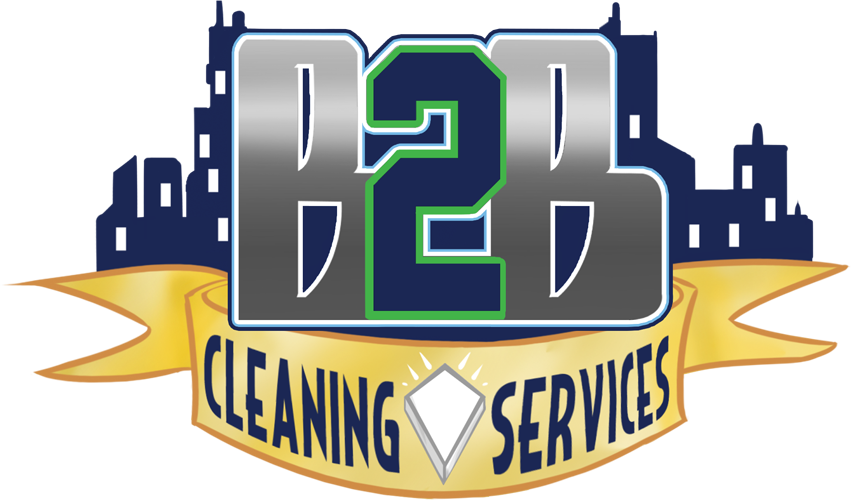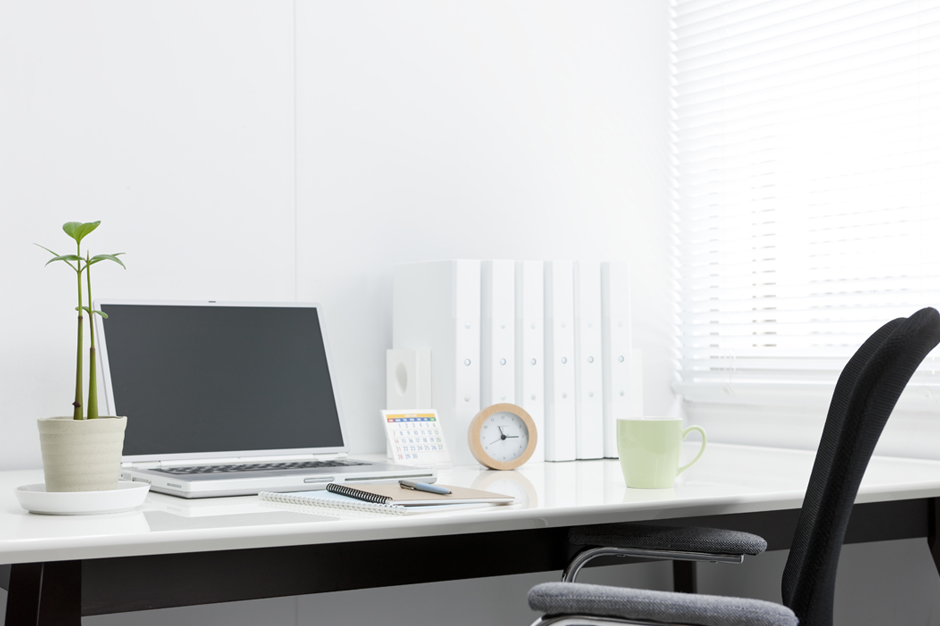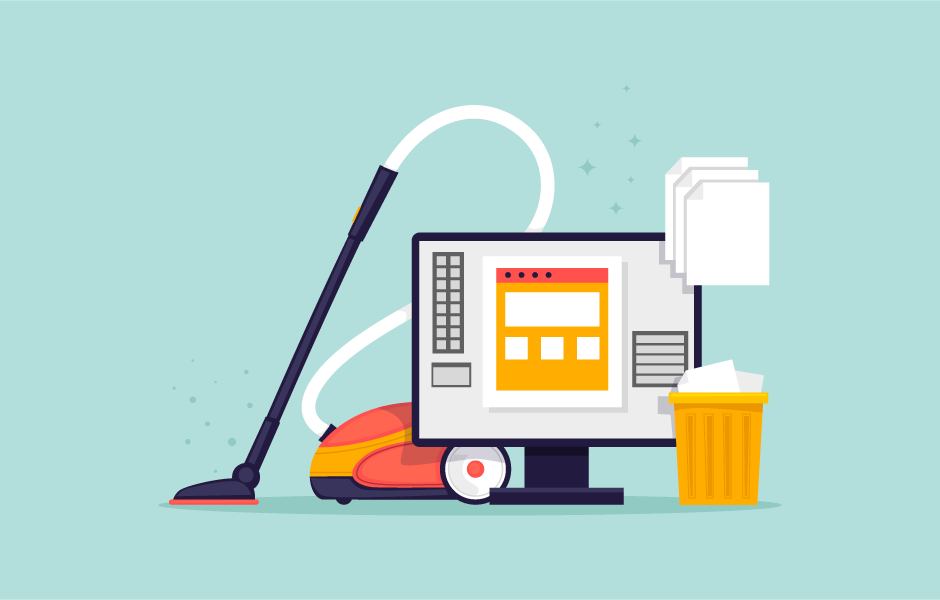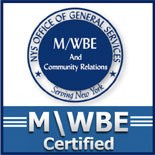How to Eat Healthy-ish While in Self-Quarantine
I was thinking of posting something regarding cleaning your apartment during this pandemic. But I’m sure we’ve all done that at least 4 or 5 times in the past few weeks. Every window has been sprayed, every shelf has been dusted. I bet your homes have never looked more pristine.
Now that you’ve taken care of your exterior well being, let’s focus on your interiors. Some of you have been socially distant for some time now, and others are just getting started. Here is an article that will help you eat a little bit better than if you were in a fallout shelter with only canned beans for sustenance.
During this time, putting your nutritional needs on the back burner might feel easy. We all want one less thing to worry about in these “Hollaback Girl” days (because this sh*t is BANANAS), right?). But consider whether it’s gonna help you much in the long run, because… we might be here a while.
Keeping your nutrition on point can help you sleep better, feel better, and stay in a better mood, not to mention help keep your immune system in fighting shape — all super important in this uncharted territory.
Here are some easy ways you can keep your meals balanced, even if you’re stuck in the house for a couple of weeks (or longer) with a paltry selection of food.
1. Accept that your quarantine diet won’t be perfect
You may have been keto, Paleo, or [insert eating plan here] before quarantine, but… that might not be the case now — at least not until things settle down a little.
One thing you can do to free up some much-needed mental real estate is let go of the need for perfection or even near-perfection as it pertains to your diet right now. It’s 2020, you’re quarantined, and good enough is freaking fantastic.
Hopefully you had time to stock up on your normal basics, but if not, that’s OK. Assess what you have available and do the best you can — maybe it means low carb instead of keto, or pescatarian instead of plant-based (because you just found a bunch of tuna in the back of a cabinet).
Your body needs nourishment, even if it comes from SPAM and green beans.

2. View it as a “shop your pantry” challenge
Not to make light of the situation, but you may as well challenge yourself to use up all the ingredients that have been sitting untouched in your pantry for months.
Yes, it’s finally time to crack open that bag of lentils or egg noodles. Go ahead and put that starting-to-freezer-burn pack of pork chops in the fridge to thaw too.
Take stock of what you’ve got and enter it all into an online tool like Supercook, which spits out hundreds of recipes you can make based on the ingredients you already have. It’s not perfect, but it’s free and does a pretty great job.
3. Have a plan to tackle boredom- and stress-eating
You may have a sudden and unexpected influx of idle time, especially if you can’t work from home. This can lead to eating out of boredom… because what else is there to do? Plus, with tensions running high, you may be driven to stress-eat.
To be fair, if there were ever a time to stress-eat, it’s now! Go for it — as long as it’s a few times and not a habitual unhealthy coping mechanism. Foods that may not be the most optimal nutrition-wise are sometimes just good for the soul.
In fact, research shows that eating a sugary treat like chocolate once in a while helps lift your spirits, while habitual sugar consumption may actually increase your risk for depression.
Here are some things you can do to help manage your stress:
- Meditate or pray.
- Exercise.
- Spend time outdoors (if you’re able to safely).
- Journal.
- Play with your kids or pets.
- Make art (even if you think it’s bad — no one’s judging!).
On that note, you’ll need to have a plan to keep boredom-eating at bay too. That means you’ll need to fill your days with things that keep your mind and body busy.
Now is the time to catch up on all the shows in your Netflix queue, clean out your closet, give the baseboards a wipedown, write your dystopian YA novel (for real, though… too soon?), actually fold your laundry, or start practicing yoga.
4. Plan your meals
We know what you’re thinking: What’s the point in meal-planning if you’re gonna be in the same place for the next 2 weeks, with time to spare?
Well, it’s a great habit to get into, and it can help ensure that you’re strategically using the food you have. Here are three easy steps you could knock out in an hour or less to meal-plan for a 2-week quarantine:
- Identify the foods you have that will spoil while you’re quarantined. If they can be frozen, put them in the freezer. (Hint: A lot of things can go in the freezer, even fresh veggies — just cook them first.) The fresh food that can’t be frozen (like salad greens or fruit) is going to be first up on your meal plan.
- Map out your meals. How many do you need to prep per day? How many snacks? For most people, it’s easiest to eat the same thing every day for breakfast and lunch and mix it up for dinner. On the other hand, since you have some extra time, you may not mind doing more cooking. Nothing wrong with that!
- Choose the meals you want to include. Use a tool like Supercook and include some comfort-food recipes, family favorites, and maybe some new recipes you want to try, if you have those ingredients on hand.
It doesn’t have to be perfect, but try to plan each meal with a protein source (meat, eggs, or a vegetarian protein like tofu or peanut butter), a veggie (even if canned), and a starch (like potato or bread). If you’re low carb or keto, skip the starch and double up on the veggies.
Some super-easy meals that have a lot of wiggle room as far as ingredients go (and big veggie potential) include stir-fries, soups, sandwiches, frittatas, omelets, and casseroles. And if all else fails, just put everything in a pot and call it goulash.
5. Prioritize food safety
This one is a biggie. Even though quarantines are a bummer, they have a vital purpose. If you have to break quarantine to go to the hospital because you got food poisoning from some chicken in a dented can, it kinda defeats the purpose.
Here are the basics of food safety:
- Meat: Thaw frozen meat in the fridge (if possible) or under cold running water. Leaving meat out on the counter increases the likelihood of germ growth. Also, make sure to fully cook your meat to the correct internal temperature (165°F for chicken, 145°F for pork and beef). If you don’t have a meat thermometer, make sure you’ve cooked all the pink out and that any juices coming from the meat run clear.
- Canned foods: Be wary of dented cans, which may have microscopic tears where bacteria can enter. It’s best to leave them alone.
- Fresh produce: Use it up first since it will likely spoil the fastest. Don’t eat produce with visible mold or spoilage or a funky smell.
- Expired food: If you need to eat expired food while you’re quarantined, use your very best judgment. Smell it and look at it. If it smells bad or has visible mold growth or a change in color, toss it. If you take a bite and it tastes off or has a weird texture, don’t eat any more.
- Leftovers: Get these in the fridge quickly to minimize the amount of time they spend in the “danger zone” of 40 to 140°F. Throw them out after 3 to 4 days.
Be wary of cross-contamination as well. Don’t chop salad ingredients on the same cutting board you just used for raw meat. Use a different knife too. If you’re cooking for multiple people, don’t taste as you go unless you use a clean spoon each time. And make sure to wash your hands regularly (as if you haven’t heard that enough at this point!).
These food safety practices can help keep you from getting food poisoning and from sharing germs and viruses with others who are quarantined with you.
6. Reach out if you need food
Finally, if you don’t have enough food to last your quarantine period or enough money to place a grocery delivery order, be sure to reach out and let someone know. We are very lucky to be connected via the web through this pandemic, even in the midst of physical social isolation.
There are likely already some resources mobilized in your community to help people get food. Some places that may be able to help you or point you in the right direction are local food banks, churches, schools, restaurants, and grocery stores. Give them a call or a Facebook message.
Sticking to a routine of cooking and eating meals that are as healthy as possible — given the circumstances and what you have available — will help your body in huge ways, keeping you feeling the best you can to tackle the coming days. Stay well!
Link Sources:
- Arab A, et al. (2019). The association between diet and mood: A systematic review of current literature. DOI:
10.1016/j.psychres.2018.12.014 - Cold food storage chart. (2019).
foodsafety.gov/food-safety-charts/cold-food-storage-charts - 4 steps to food safety. (2019).
foodsafety.gov/keep-food-safe/4-steps-to-food-safety - Knüppel A, et al. (2017). Sugar intake from sweet food and beverages, common mental disorder and depression: Prospective findings from the Whitehall II study. DOI:
10.1038/s41598-017-05649-7 - Macht M, et al. (2007). Immediate effects of chocolate on experimentally induced mood states. DOI:
10.1016/j.appet.2007.05.004 - Safe minimum cooking temperature charts. (2019).
foodsafety.gov/food-safety-charts/safe-minimum-cooking-temperature - St-Onge M-P, et al. (2016). Effects of diet on sleep quality. DOI:
10.3945/an.116.012336 - Wintergerst E, et al. (2007). Contribution of selected vitamins and trace elements to immune function. DOI:
10.1159/000107673












